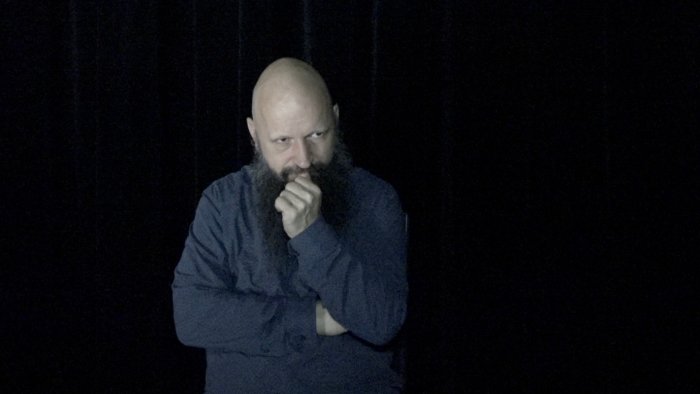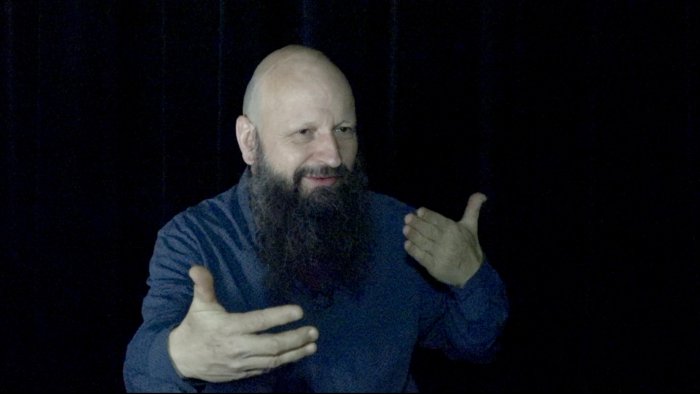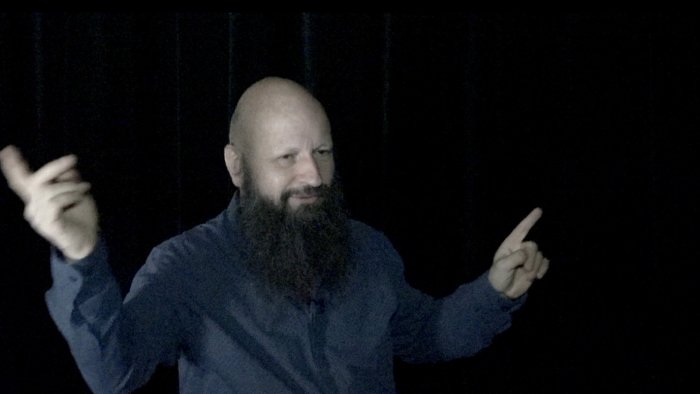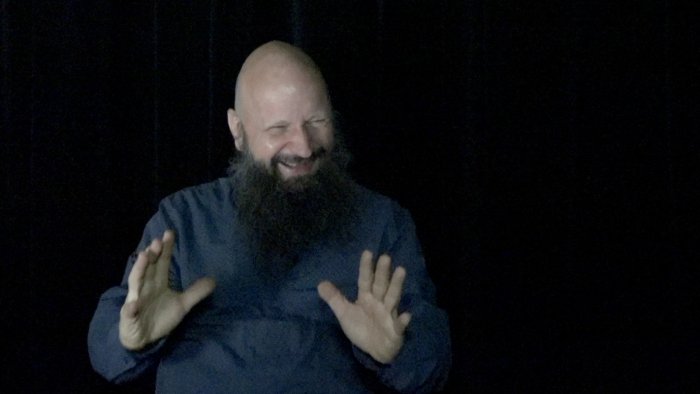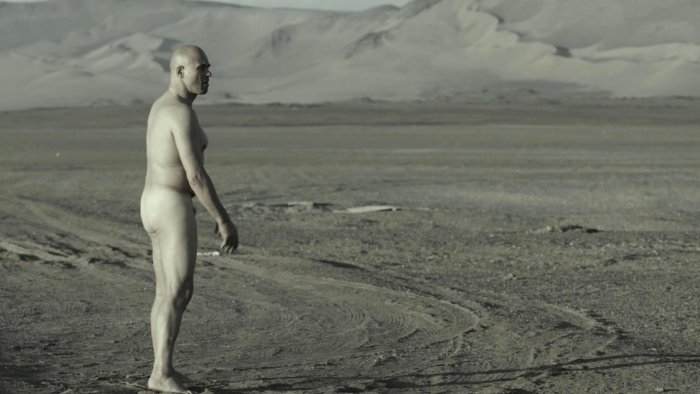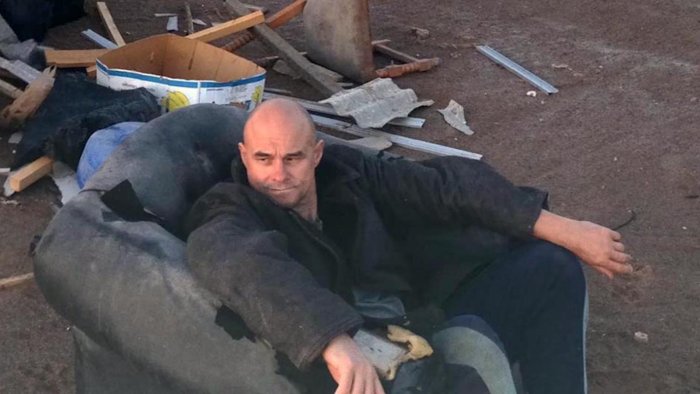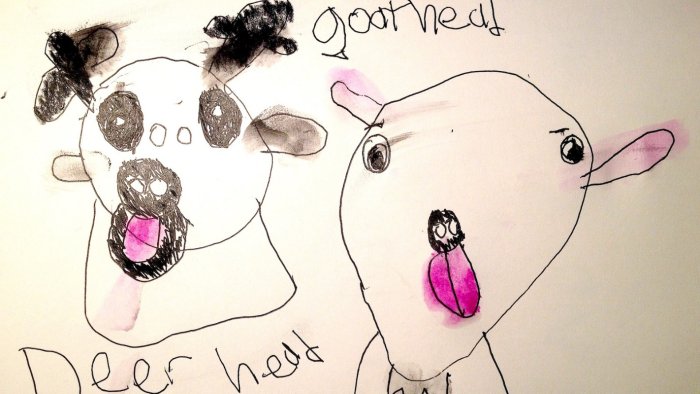Philippe Ciompi (4/5)
Filmexplorer's Editing Collection | Season 1 (4/5)
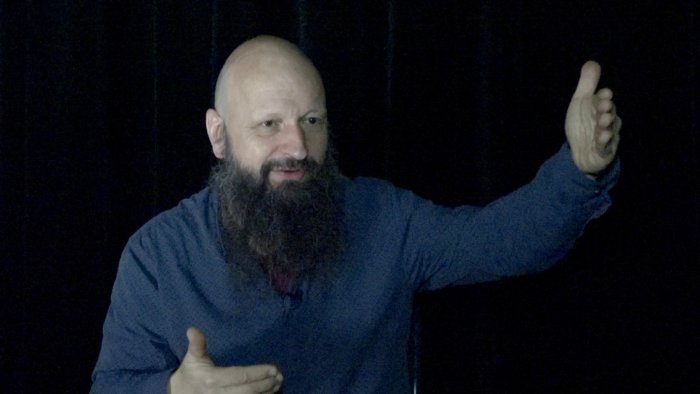
Editing, cutting, montage – it is one of the most important tasks in the creation of moving images. Both technical and artistic skills are required for the editor, whose role has often been neglected, while the theory of montage has been largely celebrated.
Filmexplorer hereby consecrates a series of online episodes to the work of editing, in order to stress the practical challenges of the job of editor and the artistic need for emancipation from any dogmatic rules.
The first five episodes highlight several aspects of the editing process through discussion with the makers: the editors.
Professional editors like Tania Stöcklin and Katarina Türler bear witness to the importance for the editors to be experts but not specialists. Thanks also to the experience in creating documentary films, they show the importance of an interdisciplinary approach to editing, which should start in the educational phase and continue through the collaborations with the film team.
Profession and artistic craft go hand in hand; this is stressed in the discussion with Beatrice Gibson who uses the strength of editing at its best in her own filmic works. The discussions with Philippe Ciompi and Fabrice Aragno not only confirm the interdisciplinary and artistic approaches, but also allow us to consider two specific perspectives on montage, respectively: on sound editing, and on multi-screen editing within an exhibition space.
Discussion with Philippe Ciompi
Philippe Ciompi is a renowned sound designer and editor who insists on the importance of going beyond a compartmental approach to film production. Good sound editing starts with grasping the global significance of the film project.
We live in a multi-layered soundscape that is constantly selected and organised according to our personal habits and interests; this is the reason Ciompi points to the necessarily constructive approach to sound creation and re-creation. The unpredictable, non-intentional aspects of sound constitute the ingredients of this creation.
HEAR THE PODCAST:
This article contains a third-party video. If you would like to watch the video, please adjust your settings.
More specific aspects of the discussion:
The importance of collaboration: 4’36’’
The experience with the filmmaker Andrew Kötting: 5’51’’
Artistic signature and the question of the “visibility” of sound editing: 8’19’’
Horizontal and vertical sound editing – deconstruction and reconstruction: 10’49’’
The constructive aspect is fundamental: 14’02’’
The importance of creating a distance between sight and sound: 15’32’’
Methodological aspects: 16’15’’
Production issues and work segmentation: 18’42’’
Walter Murch’s “Rule of Six” is only an inspiration: 21’00’’
The role of emotion: 22’47’’
Proposing a vision and not controlling the audience: 26’17’’
Improvisation is not just freedom but a way to convey life: 30’18’’
Question of the space of sound and the sound in space: 33’01’’
The exhibition space is not done for sound (with some exceptions, like by John Akomfrah): 35’54’’
*
Sound excerpts from:
Ivul, by Andrew Kötting
By Our Selves, by Andrew Kötting
Diseased and Disorderly, by Andrew Kötting
The Sky Trembles, the Earth is Afraid and the Two Eves Are Not Brothers, by Ben Rivers
The Rare Event, by Ben Rivers & Ben Russell
Toute larme, by Sarah Vanagt
And recordings from How Is Your Fish Today, by Xiaolu Guo
